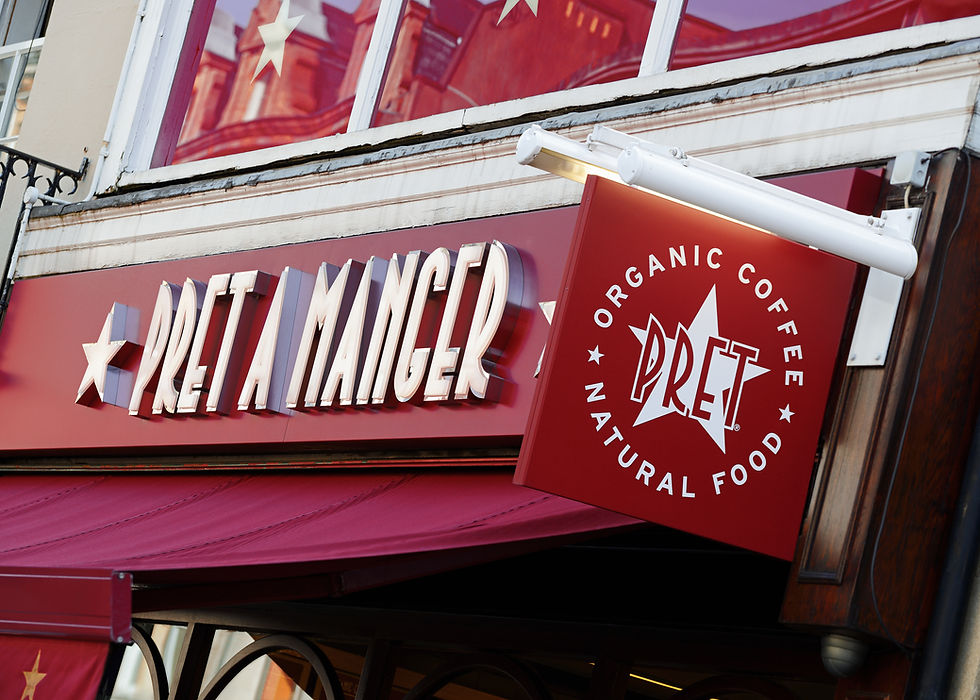Refreshment focuses on the water dispenser/cooler, office coffee service and vending sectors, while also taking an in-depth look into products for vending from bottled water and drinks, to snacks and confectionery. It also focuses on hydration, health and wellness, new technologies and environmental and social responsibility issues.
Research
Coffee & tea


Once a niche ingredient reserved for traditional Japanese tea ceremonies, matcha has exploded into the mainstream – and it’s not just because of its vibrant green colour. Ryan Moore, co-founder of UK-based speciality drinks brand Blendsmiths, explores how a mix of health benefits, consumer demand for functional ingredients and social media-fuelled visibility is driving matcha’s global rise – and what it means for the drinks industry.
From a health perspective, matcha stands out for its high concentration of antioxidants – compounds that help protect the body from cell damage caused by unstable molecules called free radicals. In particular, it’s rich in catechins like EGCG, which have been linked to a reduced risk of chronic diseases.
Matcha also contains L-theanine, an amino acid found in tea leaves and certain mushrooms, known for promoting calm and focus. This unique combination has helped fuel interest in other functional ingredients, such as reishi and lion’s mane, that promote relaxation and focus without the jitters associated with caffeine alone.
In fact, it's the L-theanine that slows down caffeine absorption and promotes a more sustained release of energy – something that many people are finding to be a more suitable source of caffeine.
The global demand for matcha is currently at an unprecedented level, with exploding interest outside of Japan, especially in the western world. This surge is putting a huge strain on the supply chain.
The popularity is also being driven by media hype – the visually appealing nature of matcha lattes, combined with influencer endorsements and the perception of health benefits, has fuelled a global surge in demand that is outpacing supply and causing price increases.
Production
The production of matcha is a lengthy process, often taking several years to establish fully commercial, high-quality tea fields. Matcha is typically grown in Japan due to its ideal climate and terroir conditions. There are no shortcuts in the ancient tradition of matcha cultivation, which should be appreciated by the entire industry and customers alike.
Matcha is made from shade-grown tea leaves that are ground into a fine powder. The process involves several key steps: shading the tea plants, harvesting the youngest leaves, steaming, drying, de-stemming, sorting and finally grinding the tencha (the dried, processed leaves) into matcha using a stone mill.
The price of matcha has remained relatively stable during this spike in popularity, but given the global supply shortages and increasing demand, it’s inevitable that drink producers and consumers will soon see cost increases. We don’t foresee this slowing down anytime soon, but given the multifaceted benefits of matcha and the carefully considered cultivation methods, any increase in cost is well worth it.
Next big thing
Hojicha is an alternative product on people’s lips. It’s a Japanese green tea (usually bancha, sencha, or kukicha) that is roasted under high heat. Although it lacks the bright green colour of matcha –presenting more of a reddish-brown hue – it offers a distinct, toasted flavour and a low-caffeine drink experience. The roasting process reduces both caffeine and tannins, resulting in a less astringent and smoother tea.
It's worth noting that we don’t always need to look too far from the apple tree, so to speak. The rise in popularity of speciality-grade hot chocolate and various forms of chai blends are making huge waves globally in the food and beverage scene. These ancient drinks, offering diverse taste profiles, are providing a feeling of nostalgia in progressive yet recognisable formats.

The rise of functional drinks – not just in ready-to-drink (RTD) format – is also playing a huge role in the ever-evolving drinks industry. Functional blends have been around for a while. Great brands such as Rheal and Naturya have done an excellent job in the consumer-facing drink powder market. More recently, the likes of Trip, Hip-Pop and Living Things have made a mark in the RTD scene.
Cafés are increasingly looking to bring these blends in-house and offer them as part of their drinks menus, responding to the growing awareness among younger generations about health. As an industry, we are well-positioned to cater to this need.
Sustainability
Producing matcha the traditional way is a sustainably proactive practice – particularly when centuries-old farming methods are used. Minimal waste is generated; for example, the entire leaf is used, unlike other teas that discard parts of the plant.
Matcha tea plants are also long-living and can be harvested for many years, making them a relatively sustainable crop and matcha an environmentally friendly beverage overall.
.png)

%20(1).jpg)















